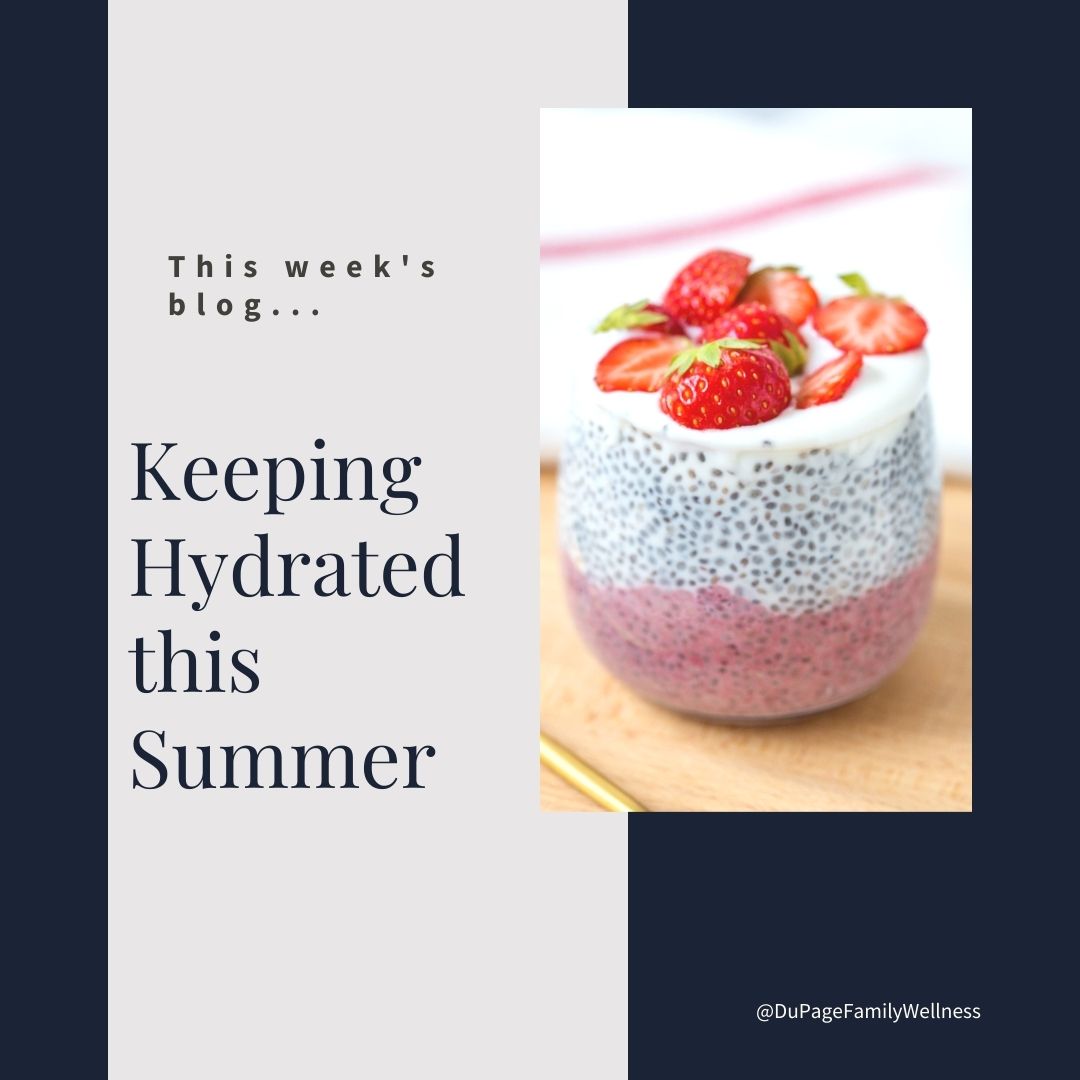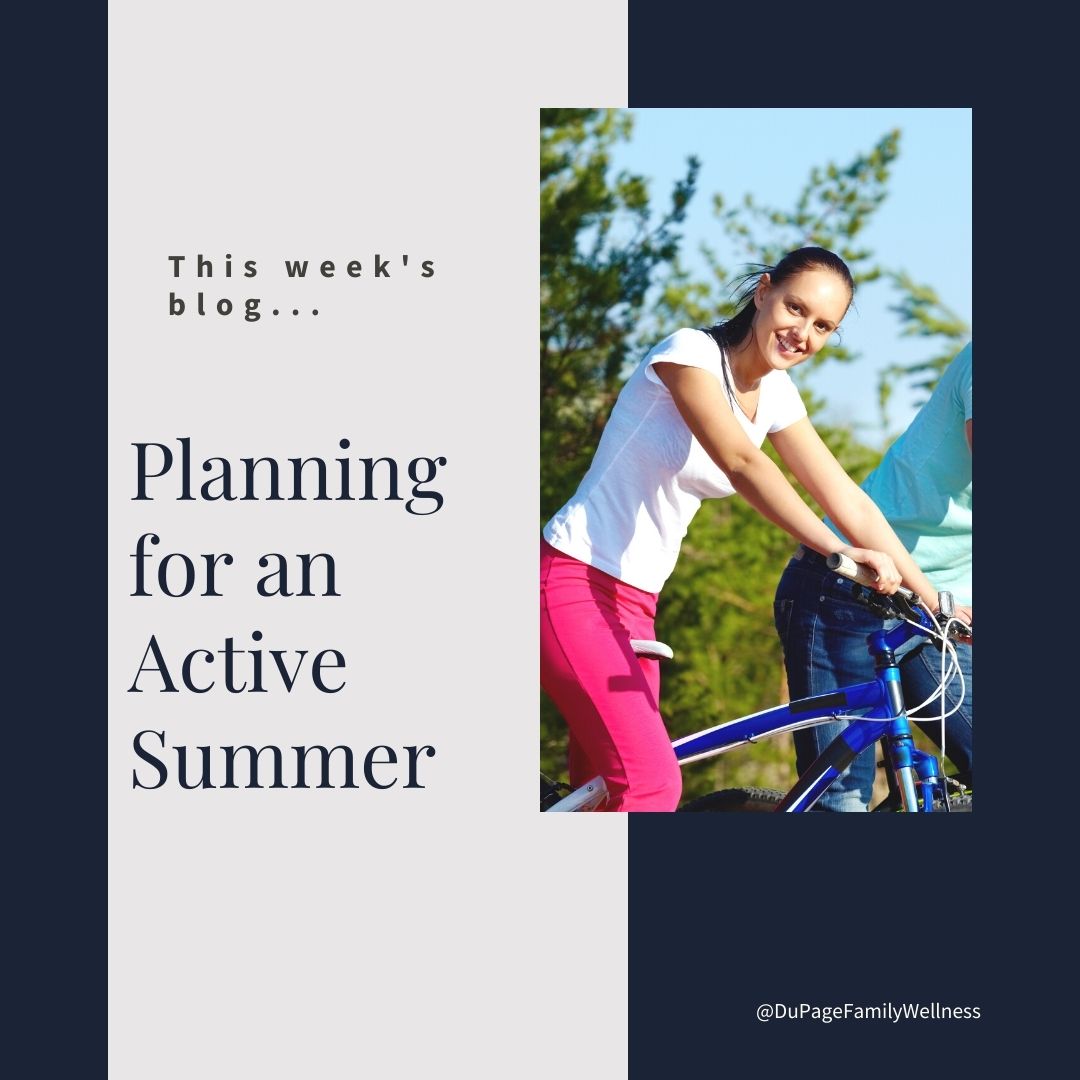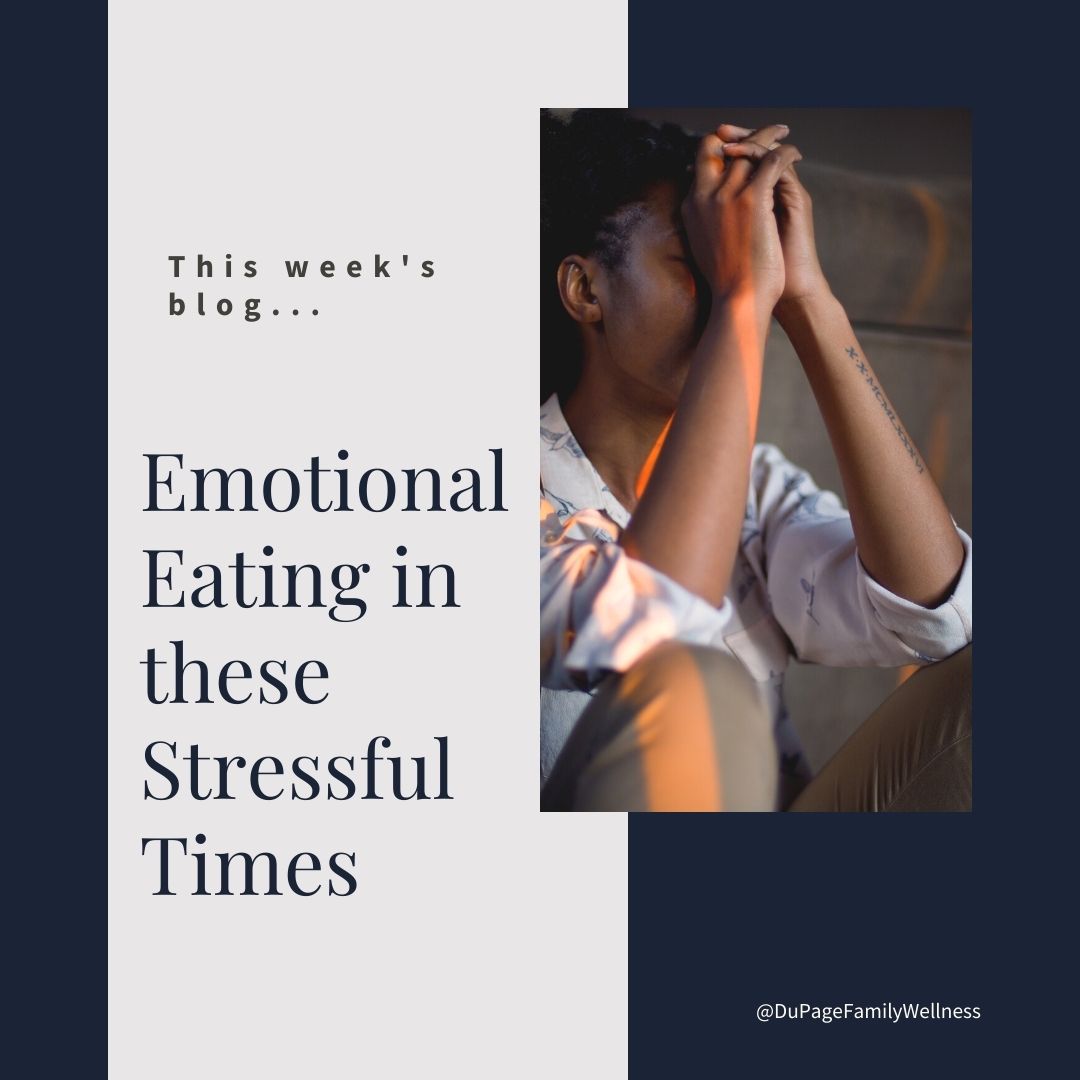 With summer in full swing, it’s important to think about hydration. Getting eight glasses of water a day is the conventional advice, but is it really that simple? Is there another way to look at it?
With summer in full swing, it’s important to think about hydration. Getting eight glasses of water a day is the conventional advice, but is it really that simple? Is there another way to look at it?
In their book Quench, authors Cohen and Bria explain that “for many years, we’ve operated with the assumption that the path to hydration was drinking eight glasses of water daily—the picture is actually much more complex.”
Let’s explore what they have to say and see if there is a way to work smarter rather than harder when working on our hydration.
Background
Gina Bria, an anthropologist that studied desert cultures which survived with very little water, got a call from her mother’s care facility. They told her that her mother was suffering from chronic dehydration.
Concerned, Bria decided to delve into her research to see if there was anything that she could learn from the desert cultures to help her mom.
Bria knew that the Tarahumara people of Mexico used chia seeds to aid in hydration. So, she used her coffee grinder to turn some chia seeds into powder, instructing her mother’s caregiver to add it to her mom’s orange juice each morning.
That did the trick, and her mom did not have any more issues with chronic dehydration. After this experience Bria decided to research a form of hydration known as “gel water.”
What Is Gel Water?
In Quench, Cohen and Bria describe gel water, or living water, as a “newly identified phase of water that’s not quite liquid, vapor, or ice. (It is) identified by an extra hydrogen and oxygen atom, so the molecular structure is H3O2.” Gel water exists in plants and can be found in fruits, vegetables, and seeds.
Chia and cacti are full of gel water. In fact, the Aztecs and Incas are thought to have often subsisted on only chia and cacti, actually going weeks without water. This shows how hydrating gel water can actually be.
Read more ...
 Summer’s here and the kids are out of school - think parks, picnics, and the pool. But is it all sunshine?
Summer’s here and the kids are out of school - think parks, picnics, and the pool. But is it all sunshine?
While summer can be the highlight of a kid's year, for parents it can have its challenges. As summer wears on we begin to hear, “I’m bored.” We may even start to countdown the days until school begins again.
But there are some things we can do as parents to set our kids up for a great, creative, and active summer.
Part of the magic of summer happens when we let the kids play without a plan or direction from adults. There is so much to learn while playing uninterrupted. And remember, being bored isn’t necessarily a bad thing.
Include Time for Unstructured Play
Let the kids have plenty of free and unstructured play! Many of us spent nearly our entire summer outside playing with friends in the neighborhood. We were responsible for our own fun, and we learned so much through it!
Unstructured play gives children the opportunity to explore their own interests, while developing creativity, and independence. When playing with friends outside, they learn to negotiate and cooperate with others, while often being quite active.
According to Angela Hanscom, author of Balanced and Barefoot, “It is during free play, where children move and challenge their bodies in new ways, constantly testing their limits and getting to the next developmental level. When we take away their time for free play and replace this time with adult-directed exercise, it limits the type of movement experiences these children receive”.
On their own, children are required to develop skills such as compromise, communication, and conflict resolution. Without adults solving their problems, children are forced to work things out on their own. Sure there will be days that someone quits a game and goes home upset, but over time left on their own kids can develop the skills to handle these situations.
This is not to say that adults should never get involved. Obviously little children need to be supervised, but the adults can step back and give them a little room rather than being involved every moment of the time. Some children struggle with social skills and might need a little more direction; this can be true with some older children. And it goes without saying that interference is necessary if there is a true danger to someone's physical or emotional safety.
Read more ...
 With the beautiful days of spring and summer ahead of us it’s time to get outside!
With the beautiful days of spring and summer ahead of us it’s time to get outside!
Enjoying the weather can naturally lead us to be more physically active, which is good for both our minds and our bodies. Let’s intentionally embrace these opportunities and find pleasure in our movement.
There are ways to incorporate physical activity into your daily life to make it fun, so that it doesn’t feel like work. With so many amazing places to explore, physical activity doesn’t need to be repetitive, boring, or expensive.
Let’s look at some ways to make this a great, active summer!
Incorporate Physical Activity into Your Everyday Life
If you live a busy life and struggle to find time to be active, try to incorporate it into your daily life. You don’t need to set time aside for a long workout when you move throughout the day. Try a few of the following examples this week.
- Choose a parking spot far away from the building when out and about.
- Walk or bike places if possible when running errands, getting together with friends, etc.
- Carry your child or give them a piggy back ride to the car, the lunch table, or bedtime.
- Race up and down the stairs in between other less active pursuits.
- Take the stairs, rather than the elevator.
- Chop your vegetables, instead of using a food processor.
- Talk and walk when getting together with a friend, having a meeting with a coworker, or when taking phone calls.
- Establish the habit of taking an after dinner walk.
Make It Fun
Movement doesn’t have to be hard. Ideally, you should feel energized after physical activity. While you may be a little sore or tired, it should not be something that completely wipes you out or causes you true pain.
Finding movement that you really enjoy will help you to move more consistently. If you find something that is fun you will do it more often. Movement should never turn into something you dread!
First, think about your personality and current needs.
- Do you need some time alone?
- Would you prefer some company?
- Do you need to start small?
- Are you ready for something more intense?
Read more ...
 You might believe that you need to beat yourself up in the gym, but that doesn’t have to be true!
You might believe that you need to beat yourself up in the gym, but that doesn’t have to be true!
We all know that just being at the gym doesn’t mean that you’ll see the results you want. When we don’t see the results, we tend to push harder - going to the gym more, lengthening our working out, increasing the intensity of our training, etc.
But there is another option. You can work smarter, not harder, to get you the results you want.
Let’s explore the best exercises for lasting results where you don’t have to live in the gym!
When You Go to the Gym
If you have been frustrated by not seeing results from your workouts, or even if you are an athlete, you will find the following information interesting.
A meta-analysis of 43 studies had really shocking results! The studies followed overweight and obese people for 3-12 months. People in these studies worked out for 45 minutes 3-5 times a week. This resulted in an average of about 69 hours of exercise over the course of the study. Do you know how much the exercise group lost over that period of time? Only 2.2 lbs.!!! That’s a lot of work for very little results.
So, what specific exercises will get you the results you want? There are two types of workouts that have shown to have great outcomes. These are High Interval Intensity Training (HIIT) and strength training. Besides these, walking and lower intensity exercises can also bring huge benefits.
High Interval Intensity Training (HIIT)
High Intensity Interval Training (HIIT) involves alternating between short bursts of hard, intense exercise and a little lighter form of exercise. This may be running hard for five minutes followed by a walk or jog. It may be working with weights in this fashion as well.
The key is to push yourself hard, followed by a gentler form of movement. This type of workout results in more calories being burned after your workout.
Strength Training
When we say strength training many people immediately think about lifting weights. While lifting is a great way to build strength, you can also build strength through other forms of resistance training.
Body weight training uses your own body weight and gravity. Things such as planks, pull ups, etc. would count as body weight training that takes little to no equipment. Another way to build strength is through resistance bands. This type of workout can be easily done outside the gym in the privacy of your own home.
Read more ...
 Are you a gardener? If so, you may know that rotating crops is an important strategy for a good crop, but why is it so important and what can we learn from it?
Are you a gardener? If so, you may know that rotating crops is an important strategy for a good crop, but why is it so important and what can we learn from it?
While it’s nice to have a variety of vegetables to eat from year to year, the strategy is intended to keep the soil rich in nutrients. When the same crop is planted over and over it can deplete the soil.
According to Soil Health Academy, “more diversity increases the variety of root exudates produced by the plants and this attracts a much broader array of soil microbial species.” In simple terms, this means that “diversity increases resilience” in the soil.
This got me thinking about how important diversity is for us. We all want to be resilient in both our physical and emotional health. Could diversity help us achieve it?
Let’s explore why diversity is so important and how it can increase resilience in you!
What Does it Mean to be Resilient?
The dictionary explains resilience as “the capacity to recover quickly from difficulties.” It’s a sort of toughness that allows you to bounce back from setbacks or challenges.
Hard things happen in life! There is no way to prevent all challenges, but we can build our resilience so that when trouble comes, we can recover in the best way possible. In order to build resilience, we need to establish diversity.
In a very real way, the more diversity we have, the more resilient we are in both our physical and mental health. So, in a very real way, diversity makes us more capable of moving through these trials in a healthy way.
Diversity in our Diets
As I'm sure you all know by now, I am a big fan of eating real food. One of my goals with everyone that I work with, however, is to eventually be on the most diverse diet that they can tolerate. Different foods have different components. They have different vitamins, minerals, and phytonutrients. If a person is only consuming chicken and broccoli every day, while they are eating "real food," they do not have much diversity in their diet. This means that they are likely not getting the full spectrum of all of the nutrients that their body needs to thrive.
Having a variety of meats, vegetables, fruits, and healthy fats is going to bring about not only more diversity in the nutrients for you, but also different components to feed a variety of gut bacteria so that the different species can all be taken care of!
Read more ...
 You may be finding the winter to be particularly difficult this year. In addition to everyday stressors and seasonal factors, the political climate is especially intense, and we are still dealing with a pandemic.
You may be finding the winter to be particularly difficult this year. In addition to everyday stressors and seasonal factors, the political climate is especially intense, and we are still dealing with a pandemic.
With all this going on you may be dealing with more stress, loneliness, and depression than they ever have before.
When you face challenging times and strong emotions, it can be easy to turn to food for comfort. Eating in these moments may be an attempt to meet your emotional needs rather than physical ones.
Let’s take a look at emotional eating and what we can do to deal with it in these extreme times!
What is Emotional Eating?
When you feel sad, anxious, lonely, or angry it can be tempting to reach for food. When you reach for food to fill an emotional need rather than a physical one, it is called emotional eating.
Emotional eating is an attempt to self-soothe and has a way of numbing your feelings temporarily. Not only are you distracted by the sweet or salty tastes, but it can affect the chemicals in your body.
When you consume sugar, your brain produces a surge of dopamine. Since dopamine is known as the feel-good hormone in the body, it brings temporary relief from difficult feelings.
While soothing yourself this way may feel better in the moment, emotional eating isn't the best way to handle your emotions. It doesn’t effectively deal with the underlying emotions and often leads to regret.
Emotional eating may create unintended health consequences if you indulge in it often. There are many better ways to soothe yourself, but first you need to recognize when you are attempting to eat your emotions.
Building Awareness
You may emotionally eat without even realizing it. If this is the case, it will be important to cultivate self-awareness. By checking in with yourself and knowing the clues, you can determine whether you are truly hungry.
When you go to eat, ask yourself, “How do I feel right now?”. Are you sad, lonely, angry, or bored? If you are experiencing a difficult emotion, ask yourself if you are really hungry or if you are trying to meet an emotional need?
Read more ...
 With summer in full swing, it’s important to think about hydration. Getting eight glasses of water a day is the conventional advice, but is it really that simple? Is there another way to look at it?
With summer in full swing, it’s important to think about hydration. Getting eight glasses of water a day is the conventional advice, but is it really that simple? Is there another way to look at it?

 Summer’s here and the kids are out of school - think parks, picnics, and the pool. But is it all sunshine?
Summer’s here and the kids are out of school - think parks, picnics, and the pool. But is it all sunshine? With the beautiful days of spring and summer ahead of us it’s time to get outside!
With the beautiful days of spring and summer ahead of us it’s time to get outside!  You might believe that you need to beat yourself up in the gym, but that doesn’t have to be true!
You might believe that you need to beat yourself up in the gym, but that doesn’t have to be true! Are you a gardener? If so, you may know that rotating crops is an important strategy for a good crop, but why is it so important and what can we learn from it?
Are you a gardener? If so, you may know that rotating crops is an important strategy for a good crop, but why is it so important and what can we learn from it? You may be finding the winter to be particularly difficult this year. In addition to everyday stressors and seasonal factors, the political climate is especially intense, and we are still dealing with a pandemic.
You may be finding the winter to be particularly difficult this year. In addition to everyday stressors and seasonal factors, the political climate is especially intense, and we are still dealing with a pandemic.